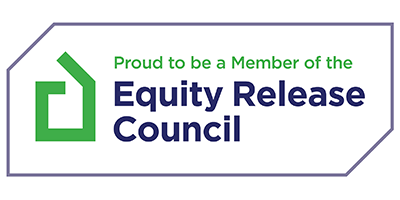In this article
Regulated bridging loans can be a practical solution for those who need short-term funding to secure a residential property.
Whether you’re buying a new home before selling your current one or need funds quickly to complete a purchase, these loans can help bridge the financial gap.
Unlike some other borrowing options, regulated bridging loans offer added protections to ensure everything is handled fairly and transparently, making them a popular choice for those buying a property to live in.
Speak to an Advisor – It’s Free!
Schedule a free callback from one of our experts today.
- All situations considered
- Transparent and honest mortgage advice
- We search 1000s of purchase and remortgage deals
Our customers rate us 4.9/5
1. The Difference Between Regulated & Unregulated Bridging Loans
A key factor to consider when exploring bridging finance is whether a regulated or unregulated loan best suits your situation.
Regulated bridging loans are specifically designed for residential properties where you or a close family member will be living.
They are monitored by the Financial Conduct Authority (FCA), which means lenders must follow strict guidelines to ensure the loan is suitable, transparent, and in your best interest. This level of oversight can provide reassurance, particularly if you’re unfamiliar with short-term borrowing.
Unregulated bridging loans, by contrast, are commonly used for investment or business purposes.
These loans are not subject to FCA regulations, which might sound concerning at first, but it doesn’t mean they’re a bad option.
Instead, they offer greater flexibility and fewer restrictions, which can be beneficial for experienced investors and developers who need a quick turnaround and tailored terms.
Whether regulated or unregulated, the right choice depends on your goals and how you plan to use the property.
2. Common Regulated Bridging Loan Use Cases
Regulated bridging loans are often used in situations where timing is everything.
If you’re in the process of buying a new home but waiting for the sale of your current property to go through, a bridging loan can provide the funds you need to complete the purchase without unnecessary delays.
They can also be helpful if you’re buying a property at auction and need to meet tight deadlines or if you’re undertaking home improvements that require upfront costs before securing a longer-term mortgage.
For those looking to downsize, these loans can make it easier to secure a new property while waiting for their existing home to sell, offering peace of mind and financial breathing space during the transition.
3. Where an Unregulated Bridging Loan May Be More Appropriate
If you’re purchasing a property, expanding a property portfolio, or taking on a significant renovation project, an unregulated bridging loan might be the better fit.
These loans offer more flexibility, allowing investors to tailor the loan to their specific needs without the additional requirements that come with FCA regulations.
Unregulated bridging loans are often used by landlords and developers who need quick access to funds to seize opportunities in a fast-moving market.
The key benefit is that the application process can be more streamlined, making it easier to act quickly when the right deal comes along.
4. Understanding First Charges & Second Charges
When securing a bridging loan, it’s important to understand how lenders view risk, which is where first and second charges come into play.
A first charge bridging loan takes priority over any other borrowing secured against the property. If the property is sold, the lender holding the first charge gets repaid first.
This type of loan is often used when there is no existing mortgage on the property, offering lenders more security and potentially better interest rates for borrowers.
A second charge bridging loan, on the other hand, is taken out when there is already an existing mortgage or secured borrowing in place.
This can be a useful way to release equity without refinancing your main mortgage. Since lenders take on more risk with a second charge bridging loan, the interest rates might be slightly higher compared to first charge options.
Speak to a Bridging Specialist
Understanding which type of bridging loan is right for you can make a significant difference in achieving your property goals.
Whether you’re looking for a regulated bridging loan to help with a residential purchase or an unregulated bridging loan for an investment project, speaking to a bridging specialist at UK Moneyman can help you explore your options with confidence.







